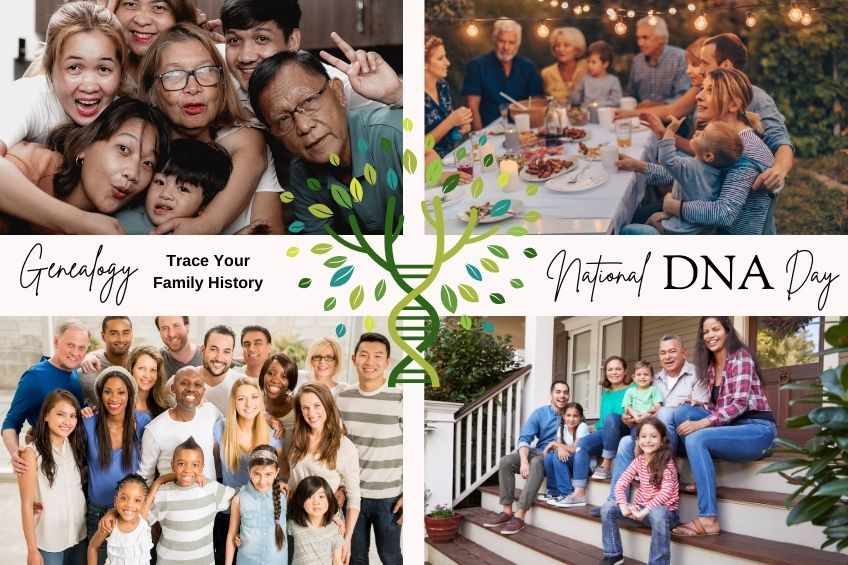We all have a story to tell ... some are told face to face, others are told long after a loved one has passed on. Know your story.

Genealogy is a wonderful way to learn more about your family history and ancestry using records and documents. The process of learning about past relatives may seem daunting at first, but the good news is that it is something that most any one can do these days. For many people, Genealogy research is an interesting and rewarding endeavor.
The first step is to talk with your living relatives and research your family as far back as possible. Ask lots of questions and make copies of photographs and other important documents. Make sure to take good notes and keep your information as organized as possible throughout the whole process.
One possibility is to visit your local library, or the library where your family members were born, to look up public records. Many larger libraries will have old birth, marriage, and death certificates in addition to tax and census records.
You can also research online as well. Some popular internet websites for records are AmericanAncestors.org, FamilySearch.org, Ancestry.com and Fold3.com (which specializes in military records).
Another possibility is to locate family graves. While you may know where some of your more immediate relatives are buried, you can also find information on where other family members are buried. This can give you information such as birth and death dates, spouses, children or other family members who may not be on your list.
If you aren’t sure where a relative is buried, a great place to start is FindAGrave.com. This is a simple, easy-to-search online directory that will allow you to input the name of your deceased loved one. It will then provide information about where your family member is buried and how to locate his or her grave.
While this database is not comprehensive, it draws on a range of resources—including military records, data from genealogy websites, and newspaper obituaries—to provide you with the location of your family member’s grave. It may also provide other helpful information such as the names of siblings, children, or parents.
You can also contact your local funeral director who may have records for family members if they were buried in the same town. He or she may also be able to access their own set of data and network connections to help you find information.
If you want to learn more about genealogy, fill out the form below and, as always, feel free to stop by our funeral home to discuss obituaries, plots and headstones with a member of our staff. We are happy to help.

